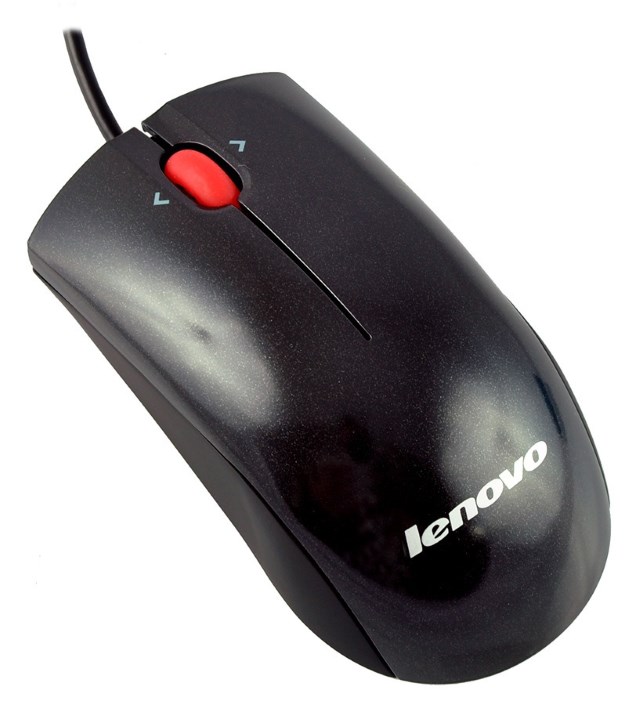With the mouse being the culprit on my main computer causing mouse and keyboard to be unresponsive in Windows 7 (I’ve still no idea when Windows 10 arrives and Microsoft has been no help at all), I decided to shop for a new one again.
The failed mouse was one I bought in 2012, which also made it the most short-lived. Made by Logitech, I had expected better. It replaced a 2002 Microsoft mouse which was my daily unit, and that had failed around 2013.
Another Logitech, a few years older, was already giving up the ghost when plugged into the office Mac, and I transferred that to an old Windows machine that we use very irregularly for testing. It was fine there, but the fact it only works on Windows (and Linux, as I later found out) meant that it’s faulty in some way.
One thing I did know, although mice fail in my care less easily than keyboards, is that quality was important. Some months ago, Corporate Consumables advertised old-style Microsoft mice for NZ$12. Considering that type isn’t made today, I assume it was old stock they were trying to get rid of. It was the most comfortable I had used last decade, but it appeared that the NZ$12 sale was successful: there were none left.

I headed again to Atech Computers on Wakefield Street, as Matthew had always looked after me and knew I could be fussy. He sold me a Lenovo mouse (above), which he believed would have better quality than the Logitechs, and let me try it out. It was fine at the shop—it was more sizeable than the Logitech—but after prolonged use I discovered it wasn’t wide enough. My ring and little fingers were dragging on the mouse pad, but since there was nothing technically wrong with it, it wouldn’t be right to return it. Lesson learned for NZ$30: it’s not just the length, width is important, too. That Lenovo is now plugged into the Linux PC and the older Logitech put aside for now. I might wind up giving it away knowing that it’s not in the best condition, having given away quite a few recycled PCs of late from both myself and a friend when she got new gear for her office.
Corporate Consumables had let me see a dead-stock Microsoft Laser Mouse 6000 on my earlier visit and I decided I would give that a go. Armed with the Lenovo, I went to the Wellington office to compare the two and the width was, indeed, right. It was a bit closer to the 2002 model I had. It was narrower, but the sculpted design meant I had somewhere to rest my ring finger, within the body of the mouse. Although manufactured in 2005, it was still in its packaging and Corporate sold it to me at a very low price.

I don’t mind that it left the factory a decade ago, if, roughly, the newer the mouse, the shorter the life. A 10-year-old mouse might last me another decade or so. A few years back, I bought a Microtek Scanmaker 5800 to replace a faulty 5700: although it was obsolete and I bought dead stock, it was at about a third of the price of what it was when brand-new last decade, and it plugged into my system without any software alteration. As long as a gadget delivers the quality I want—and the 5800 gave better results than a newer scanner with a plastic lens, for example—then I don’t really mind that that particular model isn’t the latest thing. Even the office printer was in a box for about five or six years before it replaced something we bought in 2003 that had gone kaput.
Have mice changed that much between 2005 and 2015? Not really: they do the same thing, more or less, and the old ones might be better made. I’m perfectly happy with bringing something forth into October 2015 that isn’t a De Lorean DMC-12 with a Mr Fusion on the back.—Jack Yan, Publisher









Leave a Reply